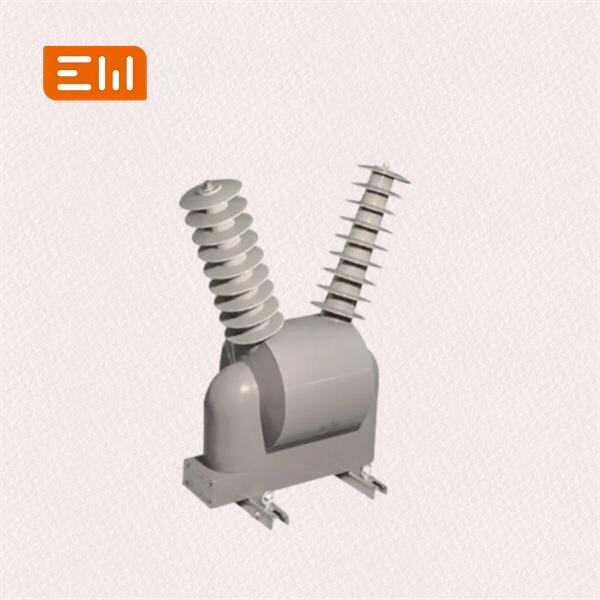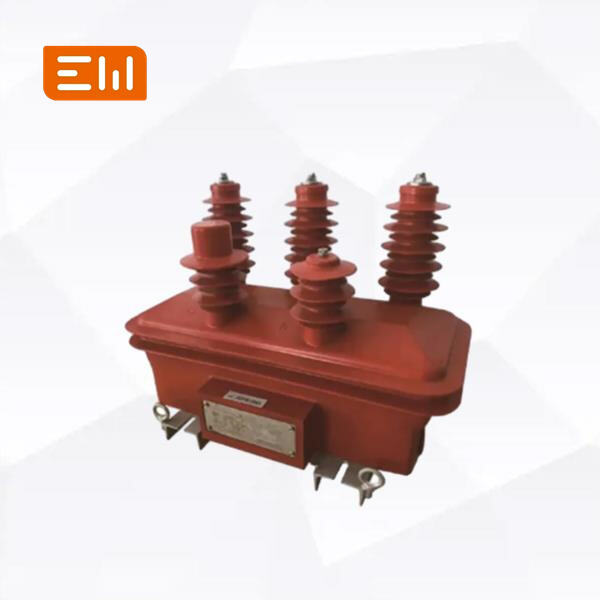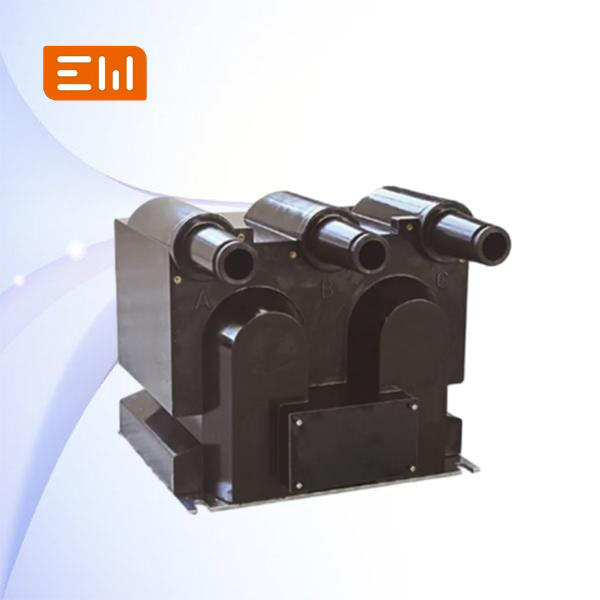Monitoring high voltage switchgear ensures that electrical systems are safe and efficiently energized. Electrical power systems rely on high voltage switchgear. It regulates the flow of electricity to various locations. Switchgear can deteriorate in time if not properly checked and maintained. That's rife with potential problems and safety risks.
Good switchgear monitoring helps identify problems early, thus preventing costly downtime and equipment failure. When operators regularly examine the condition of high voltage switchgear, they are able to detect signs of wear and tear, loose connections, or other issues that can cause breakdowns. Detecting these problems early on allows for timely repairs or replacements to help minimize unexpected failures and keep electrical systems running smoothly.

Enhancing safety with smart switchgear monitoring is very crucial. It provides safeguards for both equipment and personnel in the vicinity of high voltage switchgear. Defective switchgear can lead to major safety hazards such as electric shocks, fires and explosions. When it comes to support systems, operators can identify safety hazards before they become major issues by utilizing predictive techniques, such as infrared thermography, partial discharge testing, etc., which promotes a safe workplace for all employees.

Simply put, accurate switchgear monitoring data helps improve maintenance such that it becomes an easier and cheaper task. Operators can gather and analyze information on the state of high voltage switchgear and draw up maintenance plans based on what is actually required rather than following an inflexible schedule. Smart maintenance ensures that things are performed only if required, keeping equipment in good working order and prolonging switchgear component life.

Monitoring switchgear conditions is critical to keeping systems reliable. Switchgear failures can cause unscheduled downtimes resulting in heavy losses in productivity and money to businesses. Monitoring high voltage switchgear conditions can help operators protect their electrical systems from shutdowns by identifying and addressing potential failures early.